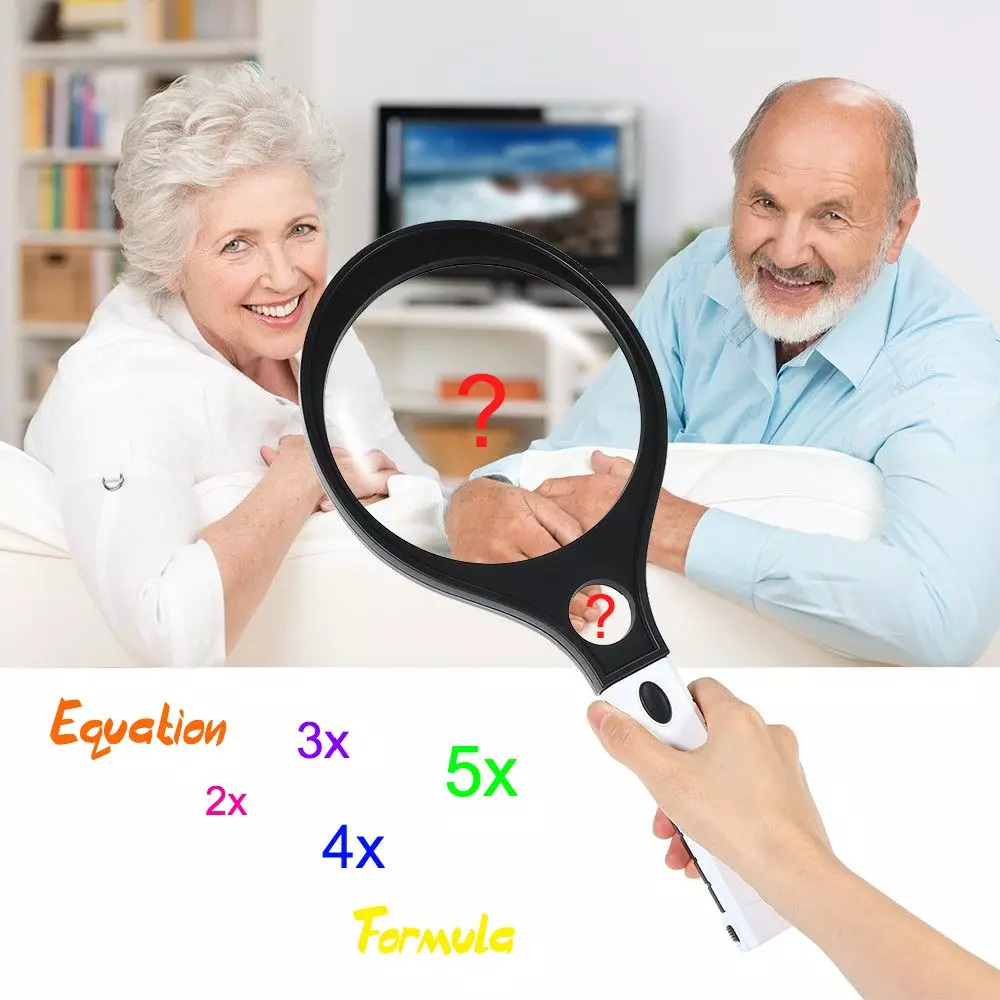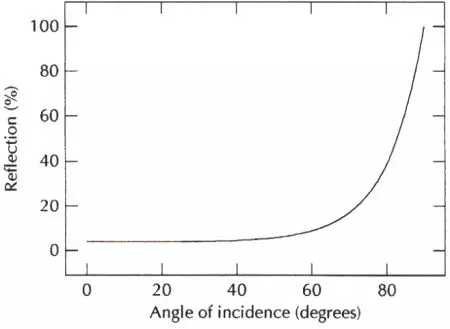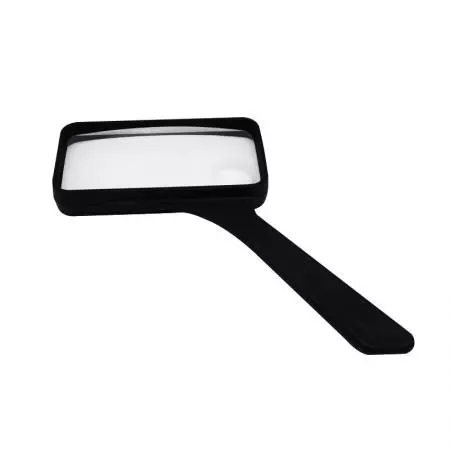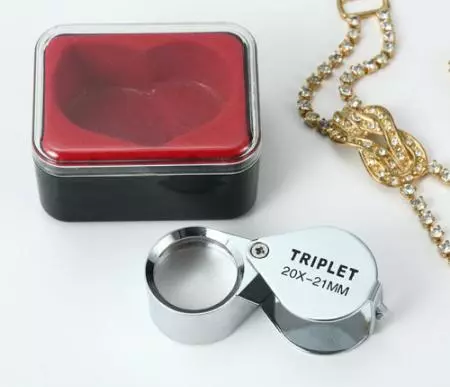
How do I calculate magnification for my magnifier?
An aspheric lens is an ideal magnifier from several points of view. When used at its conjugates, there is no distortion of the image (a rectangular grid remains a rectangular grid after magnification). If the lens is large enough for the object to be viewed with both eyes, the view is stereosopic.
To calculate magnification, use the following formula: M (magnification) = the height of the image ÷ by the height of the object. Plug your data into the formula and solve. If your answer is greater than 1, that means the image is magnified. If your answer is between 0 and 1, the image is smaller than the object.
HOW DO YOU DETERMINE MAGNIFICATION?
A lens's focal length is the distance from the center of the lens to the point where the rays of light converge in a focal point. If you've ever focused light through a magnifying glass to burn ants, you've seen this. In academic problems, this is often given to you. In real life, you can sometimes find this information labeled on the lens itself.
If you know the distance of the object you're magnifying from the lens and the focal length of the lens, finding the distance of the image is easy with the lens equation.
SPOT SIZE
So far we have learned how to find the irradiance and power entering a lens and at a spot on a screen and also the minimum irradiance needed to burn a hole in the screen, yet we have not really discussed much about the spot's size that is viewed on the screen. Looking at the data for the three magnifying lenses and the reading glasses we see that the size of the spots change for each lens. What do these different spot sizes represent, do they effect the irradiance or anything we have observed so far and given a specific lens can we actually predict the spot size we will see? By utilizing (1) we can find the magnification of a lens by:
Magnification Formula of A Magnifying Glass
Placing a magnifier between the object and the eye permits the object to be moved closer to the eye, and the eye is able to focus on the virtual image formed, preferably, at the distance of most distinct vision. The regular magnification, M, is the ratio of the angle θ' subtended by the image to the angle θ subtended by the object.
A magnifier is any positive lens with a focal length of less than 250 mm. The approximate magnification M provided by the lens is calculated by dividing its focal length into 250.
Equation: M=θ'/θ=(250mm/f)
For example, a focal length 50-mm lens will provide a magnification of M = 250/50 = 5×
Magnification Formula of A Fresnel Lens
From the thin lens equation, M=θ'/θ=(250mm/f)+1,
true for a virtual image at infinity. Fresnel lenses are generally used to magnify objects slightly. One usually expects to see the entire object at once within the Fresnel lens, so that the lens must then be 1.2 or 1.5 times the size of the object in both length and width. That's why the equation is +1. According to the thin lens equation, our postcard sized magnifier with a focal length of 80mm will then have a power of 4x.
If you want to see reviews of our Fresnel lenses, please click here ![]()
Should you have any questions, please do not hesitate to CONTACT US.




